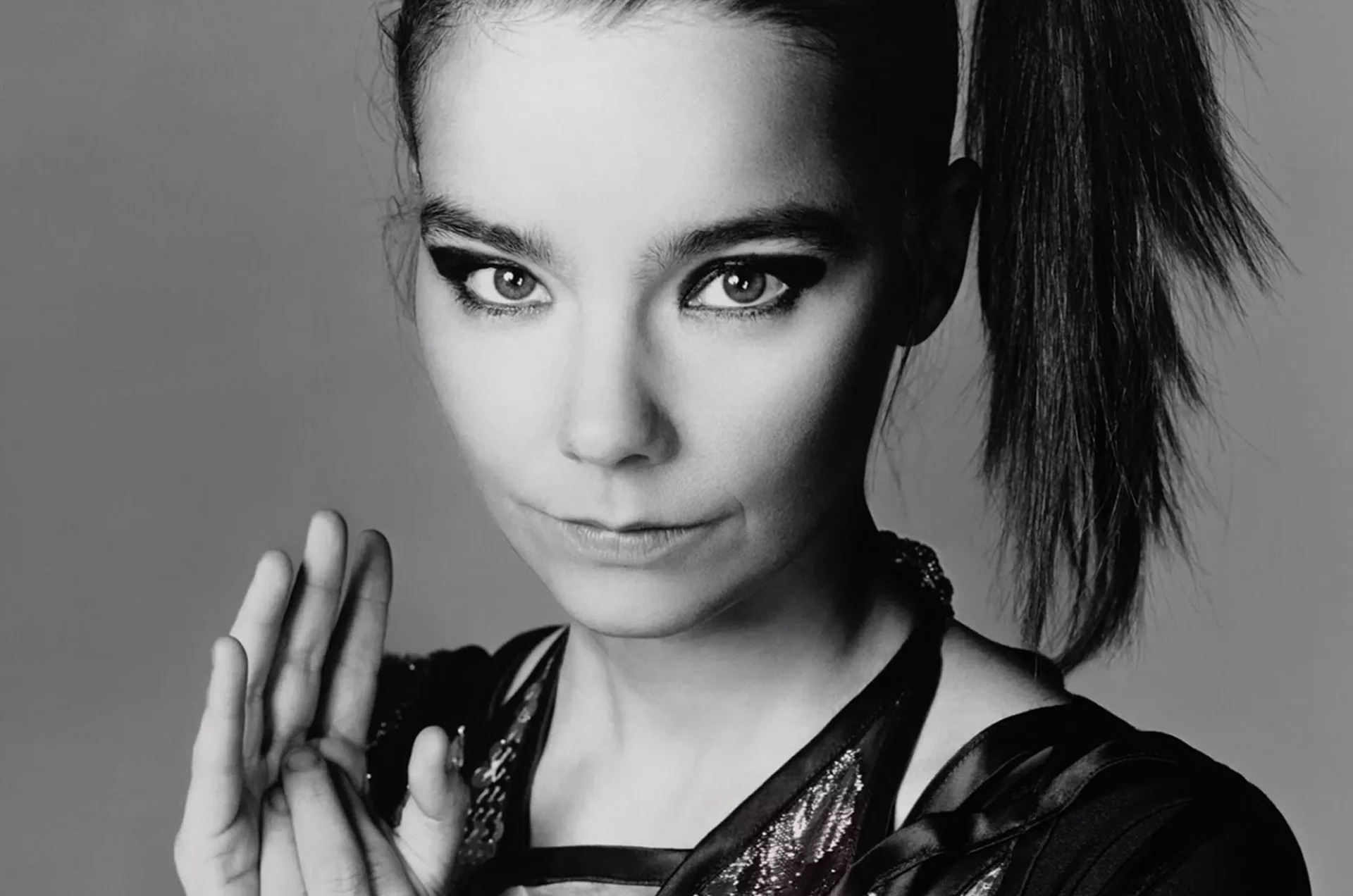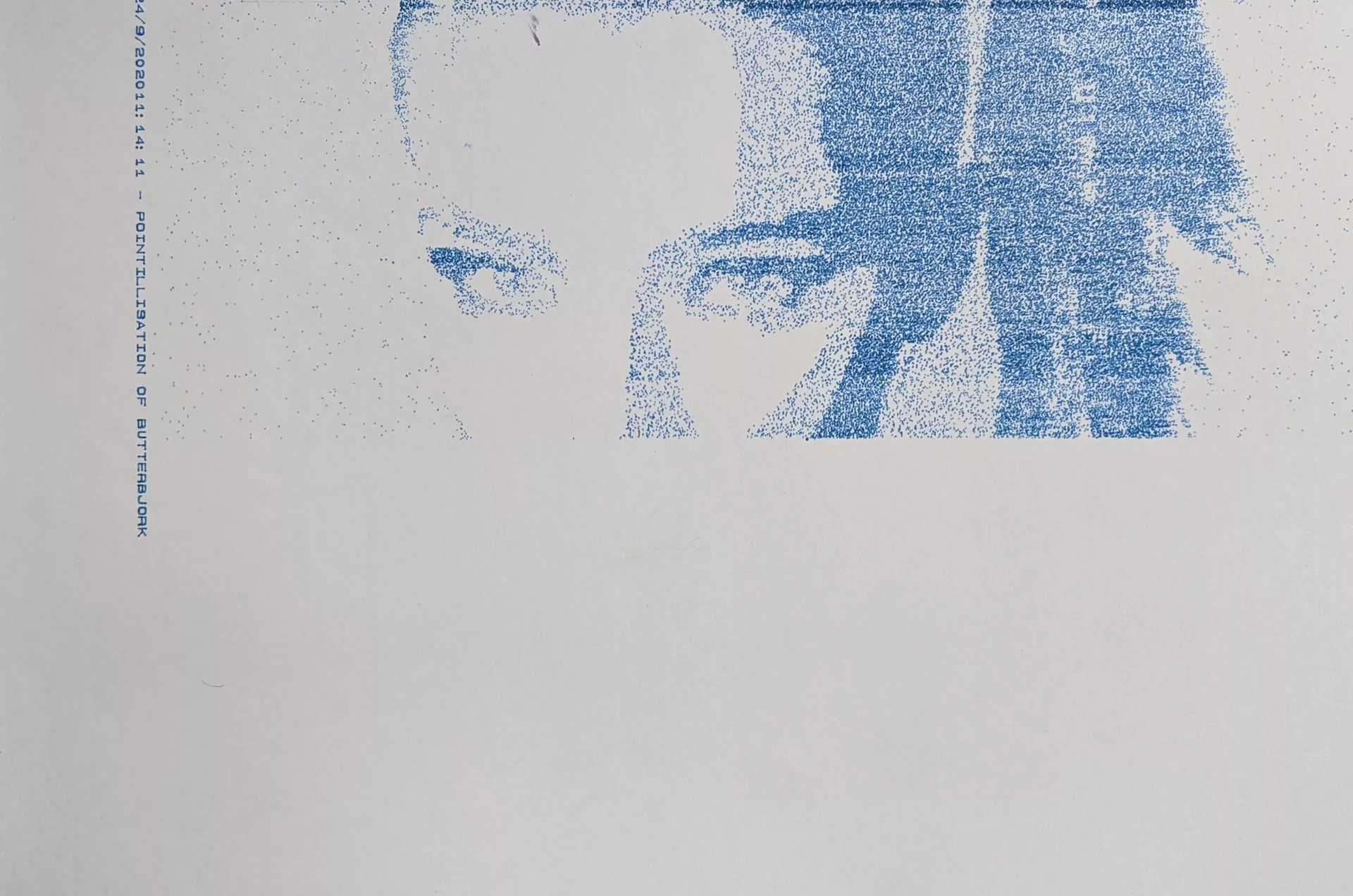PImage img;
import processing.serial.*;
Serial myPort; // Create object from Serial class
Plotter plotter; // Create a plotter object
int val; // Data received from the serial port
int lf = 10; // ASCII linefeed
//Enable plotting?
boolean PLOTTING_ENABLED = true;
boolean draw_box = false;
boolean draw_label = true;
boolean up = true;
boolean just_draw = true;
//Label
String dateTime = day() + "/" + month() + "/" + year() + hour() + ":" + minute() + ":" + second() + " - ";
String label = dateTime + "POINTILLISATION OF BUTTERBJORK";
//Plotter dimensions
int xMin = 600;
int yMin = 800;
int xMax = 10300 - 300;
int yMax = 8400 - 600;
int A4_MAX_WIDTH = 10887;
int A4_MAX_HEIGHT = 8467;
int VERTICAL_CENTER = (xMax + xMin) /2;
int HORIZONTAL_CENTER = (yMax + yMin) /2;
int loops = 0;
int i = 0;
int lastY = yMin;
int cuttage = 355;
int x = 0;
int y = 0;
int step = 5;
int iteration = 6;
int xguide = x;
int yguide = y;
int mass = 50;
void setup() {
size(840, 1080);
smooth();
img = loadImage("Bjork_EB.webp");
//image(originalImage, 0, 0);
//img = get(300, 0, 900, 700);
imageMode(CENTER);
stroke(0, 0, 200, 90);
background(255);
frameRate(999999);
fill(0, 0, 200, 90);
if (just_draw) {
draw_box = false;
draw_label = false;
PLOTTING_ENABLED = true;
}
//Select a serial port
println(Serial.list()); //Print all serial ports to the console
String portName = Serial.list()[1]; //make sure you pick the right one
println("Plotting to port: " + portName);
//Open the port
myPort = new Serial(this, portName, 9600);
myPort.bufferUntil(lf);
//Associate with a plotter object
plotter = new Plotter(myPort);
//Initialize plotter
if (PLOTTING_ENABLED) {
plotter.write("IN;"); // add Select Pen (SP1) command here when the pen change mechanism is fixed
//Draw a label first (this is pretty cool to watch)
if (draw_label) {
int labelX = xMax + 300;
int labelY = yMin;
plotter.write("PU"+labelX+","+labelY+";"); //Position pen
plotter.write("SI0.14,0.14;DI0,1;LB" + label + char(3)); //Draw label
fill(50);
float textX = map(labelX, 0, A4_MAX_HEIGHT, 0, width);
float textY = map(labelY, 0, A4_MAX_WIDTH, 0, height);
text(dateTime + label, textY, textX);
//Wait 0.5 second per character while printing label
println("drawing label");
delay(label.length() * 500);
println("label done");
}
plotter.write("PU"+0+","+0+";", 3000); //Position pen
}
}
void draw() {
int delay = 150;
int imageW = img.width;
int imageH = img.height;
y = (iteration+1)+int(random(1,4));
x = x + step*int(random(1,3));
color pix = img.get(x, y);
float brightness = brightness(pix);
if (brightness < 175) {
if (brightness < 50) {
step = round(random(2, 3));
drawPoint(x, y, delay);
} else if (x< 0.6*imageW && x> 0.3*imageH) {
if (random(0,1) > 0.5) {
fill(0, 0, 200, 90);
drawPoint(x, y, delay);
}
step = round(random(3, 6));
} else {
step = int(random(5, 15));
if (random(0,1) > 0.95) {
fill(0, 0, 200, 90);
drawPoint(x, y, delay);
}
}
}
if (x > imageW - cuttage) {
x = 0;
iteration = iteration + 1;
int _x = int(map(x, 0, 1600 - cuttage, xMin, xMax));
int _y = int(map(y, 0, 1000, yMin, yMax));
plotter.write("PU"+_x+","+_y+";"); //Position pen
delay(5000);
}
if (y > imageH) {
x = 0;
plotter.write("PU"+xMin+","+yMin+";"); //Position pen
delay(5000);
iteration = 0;
loops = 1;
println("LARGER THENA Y");
fill(0, 200, 0, 90);
}
}
void drawLine(float x1, float y1, float x2, float y2, boolean up) {
float _x1 = map(x1, 0, A4_MAX_HEIGHT, 0, width);
float _y1 = map(y1, 0, A4_MAX_WIDTH, 0, height);
float _x2 = map(x2, 0, A4_MAX_HEIGHT, 0, width);
float _y2 = map(y2, 0, A4_MAX_WIDTH, 0, height);
line(_y1, _x1, _y2, _x2);
String pen = "PD";
if (up) {
pen="PU";
}
if (PLOTTING_ENABLED) {
plotter.write(pen+x1+","+y1+";");
plotter.write("PD"+x2+","+y2+";"); //75 ms delay
delay(200);
}
}
void drawPoint(int x, int y, int delayT) {
if (loops < 1) {
x = int(map(x, 0, 1600 - cuttage, xMin, xMax));
y = int(map(y, 0, 1000, yMin, yMax));
float _x = map(x, 0, A4_MAX_HEIGHT, 0, width);
float _y = map(y, 0, A4_MAX_WIDTH, 0, height);
point(_y, _x);
ellipse(_y, _x, 1.5, 1.5);
if (PLOTTING_ENABLED) {
plotter.write("PU"+x+","+y+";"); //Position pen
plotter.write("PD"+x+","+y+";"); //Position pen
delay(delayT);
}
}
}
/*************************
Simple plotter class
*************************/
class Plotter {
Serial port;
Plotter(Serial _port) {
port = _port;
}
void write(String hpgl) {
if (PLOTTING_ENABLED) {
port.write(hpgl);
}
}
void write(String hpgl, int del) {
if (PLOTTING_ENABLED) {
port.write(hpgl);
delay(del);
}
}
}

